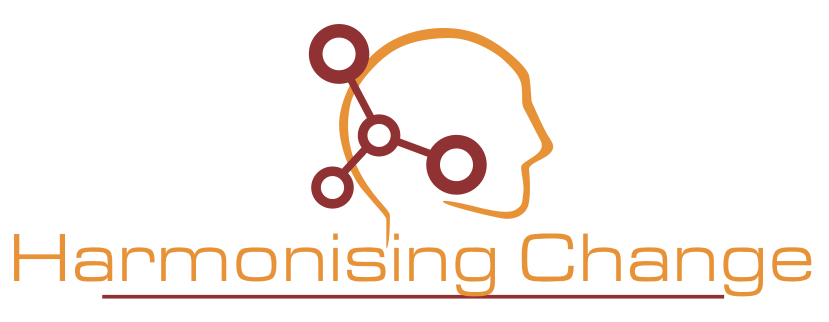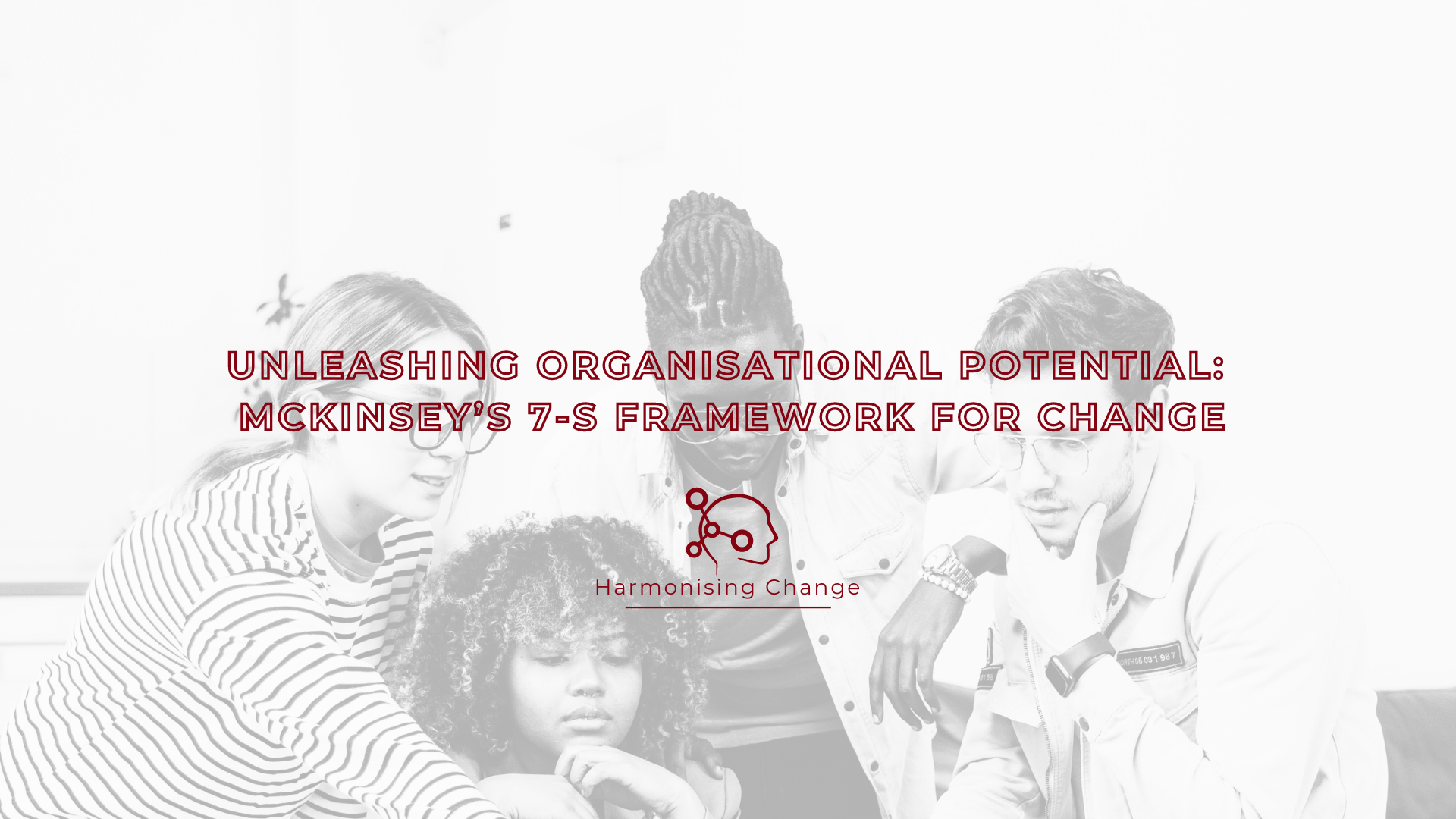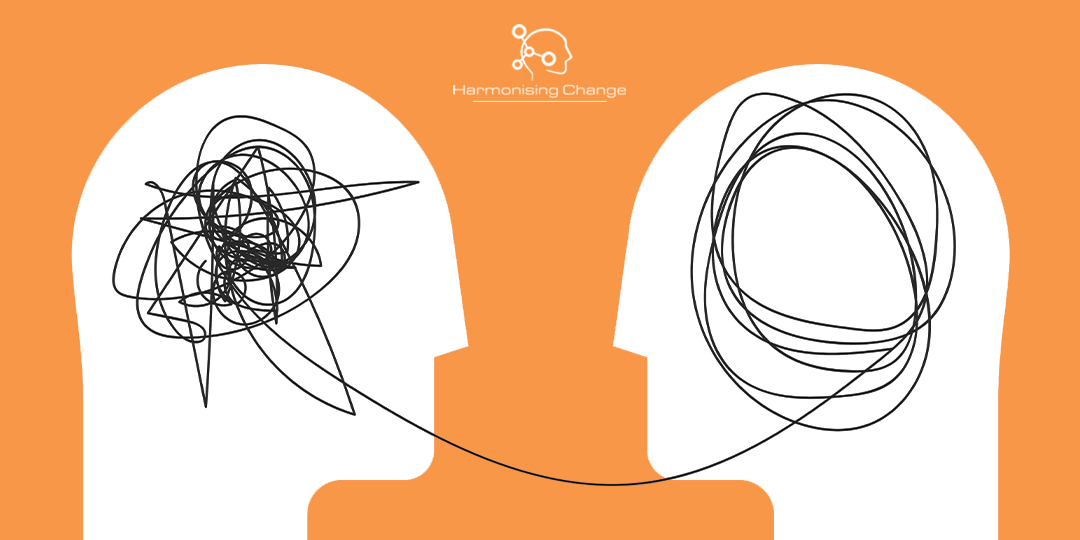
How to build Change Competence into your business
In our current series, we’ve delved into the world of Change Management, what it means and most recently, looked into when Change Management Strategies should be employed.
This week, we’re looking at how we can build change competence into our businesses.
Simply put, a business is established on the basis of trading a product or service for a profit. Whether it’s made up of just an individual, is a partnership or a group of people, the purpose remains the same. These individuals are essential to working towards the business objectives and therefore form the threads that weave together a foundation for what the future of the company will look like.

As external and internal forces come into play, the organisation will be impacted by how their people react to change. As Change Managers focused on Harmonising Change, we work to acknowledge this human element in all businesses.
We understand that there is more to managing change than identifying the problem and sending out an instruction to address the change. Creating an agile organisation, that focuses on change competence, means investing in your people.

An article on forbes.com, ‘Key Strategies to Build an Agile Workplace for Business Continuity’ discusses the importance of reformulating strategies, ensuring the business is aligned with this vision and focuses on the impact this has on its people.
According to McKinsey & Company, “organizations with effective talent-management programs have a better chance than other companies of outperforming competitors.”
Business and HR leaders need to develop a deep understanding of the kind of work that must be accomplished and then recognize and/or develop the internal talent to achieve it.
This means the company’s talent management processes must be geared toward identifying, developing, retaining and mobilizing talent that can meet the demands of the strategic imperatives, while considering both today’s goals and tomorrow’s challenges.
This also demands the integration of multiple talent processes, performance management, talent reviews, engagement and learning and development to produce a superordinate process that addresses talent requirements throughout the employee life cycle.
As an example, observe current employees’ talents: how they work with others, influence the organization, use technical capabilities toward creating solutions and deliver results. Then, take the necessary steps to retain and develop that key talent, such as aligning them to lead a key project, pairing them with a mentor, ensuring regular one-to-ones and providing executive visibility during key project updates.
If this fails to produce the right talent mix, you should effectively recruit for the skills that you are lacking.
We can see then that humanising change in your business is an ongoing investment. Change Management is more than simply identifying problems, it’s about ensuring that at all times, the entire business is aligned with one common vision, and taking the necessary steps along the way to ensure that misalignment is dealt with.

Your employees are human. They will always react to change. But you have the ability to manage what that reaction looks like and what impact it has on your business. Ensuring you’re aligned, focused on a common goal and have a positive employee attitude to change, will lay the foundation of a business that is agile and responds well to change.
Email us on info@harmonisingchange.co.za or Contact us to find out more information about our Change Management services. We’re humanising change!



